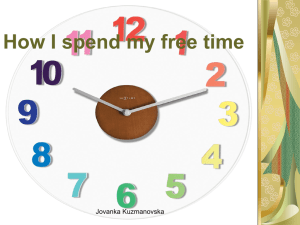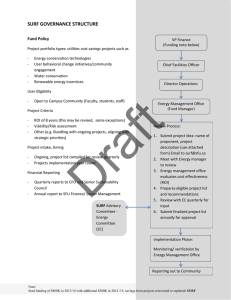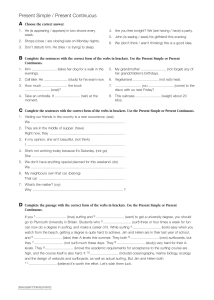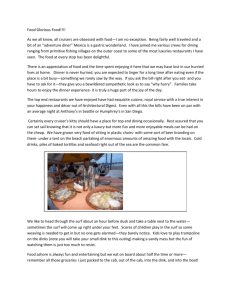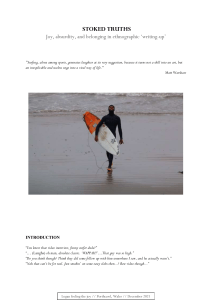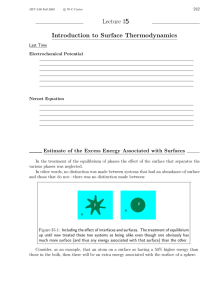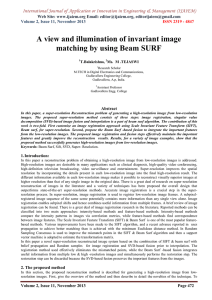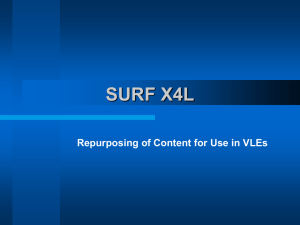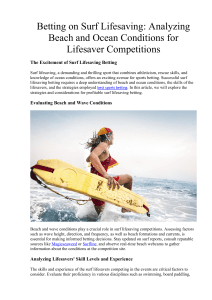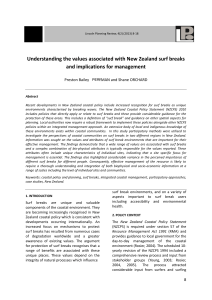Developing a robust set of surf break assessment criteria: By
advertisement
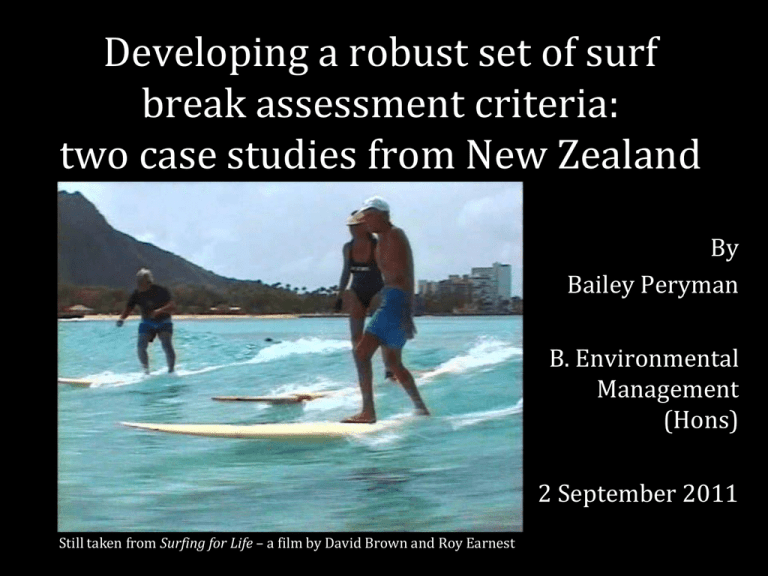
Developing a robust set of surf break assessment criteria: two case studies from New Zealand By Bailey Peryman B. Environmental Management (Hons) Still taken from Surfing for Life – a film by David Brown and Roy Earnest 2 September 2011 Surfing science and the grassroots response Image taken from Scarfe 2008 •Surfbreak Protection Society + SEAS •Surfrider + Save the Waves Foundation •Artificial reefs programme •Waikato University •ASR Whanga Bar, Whangamata. © photocpl.co.nz NZCPS Policy •Policy 16: protect surf breaks of national significance –Schedule 1 –Glossary Definitions •Policy 13: preserve natural character –Surf breaks included Image of Stockroute, Gisborne –by Bailey Peryman Case Studies Methodology: • Different political contexts, project manager attitudes •Engage local experts – snowballing technique and its value for actionresearch Results •Surf Break assessment criteria developed •Localised values reflect national policy •Inextricable link between culture and place •Main threats – usual development issues + planning methods •Surfers want to be involved in policy implementation Image of ‘Whales’ and Makorori Headland, from Okitu car park, Gisborne – taken by Bailey Peryman Implications for policy and planning ‘Whangamata Chocolate Bar’ – Image courtesy of COL, Surf2surf.com •Methods for translating variable local environment and cultural values to policy are lacking •Significant shift in understanding of land:sea interface •Mere extraction of local knowledge vs. meaningful collaboration •Focus on outputs, not outcomes

